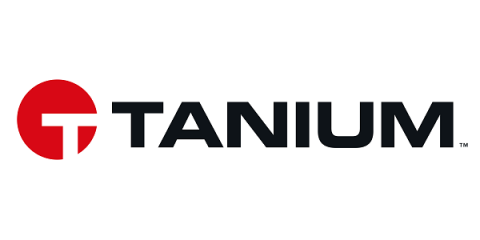Security | Threat Detection | Cyberattacks | DevSecOps | Compliance
Latest News
Managed Vulnerability Scanning Made Easy
There are few security tasks more important, yet more difficult, to conduct than a vulnerability scanning program. A properly conducted scanning program requires a team of human-led experts with the technology to search for issues that might give a threat actor access to a network. Only the largest organizations with equally large wallets can afford to take on this task, but there is an option.
How to use AI for software development and cybersecurity
We’ve seen how technology can evolve at warp speed, and AI has emerged as both a revolutionary force and a tantalizing enigma. Whether you're a seasoned developer seeking to expand your toolkit or a security enthusiast on a quest for clarity in the realm of AI, embarking on the journey to demystify this dynamic field can be both exhilarating and overwhelming.
The Phishing-as-a-Service platform targeting Microsoft 365 customers
Threat Intelligence Analyst How does phishing-as-a-service (PhaaS) really work, and can it really bypass MFA? Here, we will walk you through the user interface of a PhaaS platform, and how its users can quickly build their own attacks using the built-in attack models and templates (and bypass MFA). For a layered approach, beyond MFA, we will introduce you to the benefits of using a threat intelligence solution to stay-ahead of emerging and advanced phishing attacks.
Vulnerability Assessment Methodology: How to Perform a Vulnerability Assessment
There are flaws in every organization’s IT infrastructure, along with software that requires patching. These flaws could arise from various sources, such as human errors during software coding. Hackers are always on the lookout to exploit these flaws and applications. However, by following a vulnerability assessment methodology to perform vulnerability assessments, organizations can identify these weaknesses before the cyber adversaries do.
Reduce risks, increase control with Vulnerability Risk and Compliance (VRC) for ServiceNow
Get more from your investment in ServiceNow. Secure IT assets by proactively identifying endpoint security and compliance risks, automating patching of vulnerabilities, and more.
Safeguard your Business and Device from Microsoft Office Vulnerabilities
The cyber risks of your organization demand a proactive and holistic approach. Enter the realm of comprehensive risk-based vulnerability management—a paramount strategy encompassing identifying, evaluating, mitigating, and monitoring vulnerabilities across your vital assets. Imagine achieving all this through a singular solution.
Take control of your Security: How to use Build-Info in your VCS to track vulnerable versions
Tracking vulnerabilities and compliance requirements is essential for maintaining application security in any software project. However, this process can be time-consuming and complicated, especially as new issues are identified. Fortunately, the JFrog build-info provides a comprehensive solution by recording key information about your project’s build. With build-info, you can easily track vulnerable versions of your project and ensure that your software stays secure.
How to implement SSL/TLS pinning in Node.js
With threat actors performing man-in-the-middle (MITM) attacks, having an SSL/TLS certificate is no longer a valid reason to trust an incoming connection. Consequently, developers are increasingly adopting SSL/TLS pinning, also known as certificate or public key pinning, as an additional measure to prove the authenticity and integrity of a connection.











